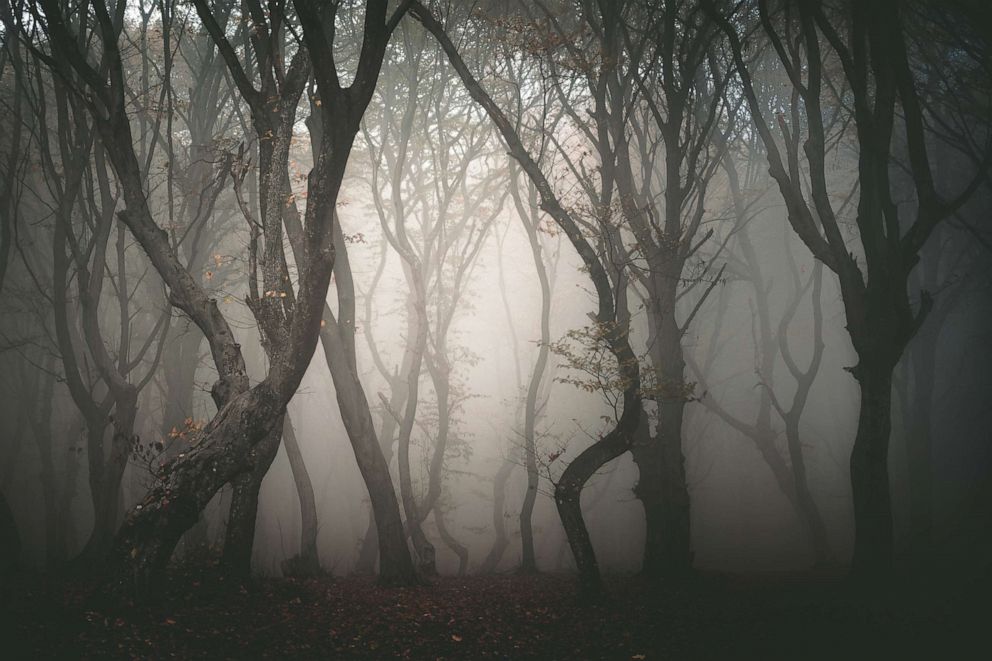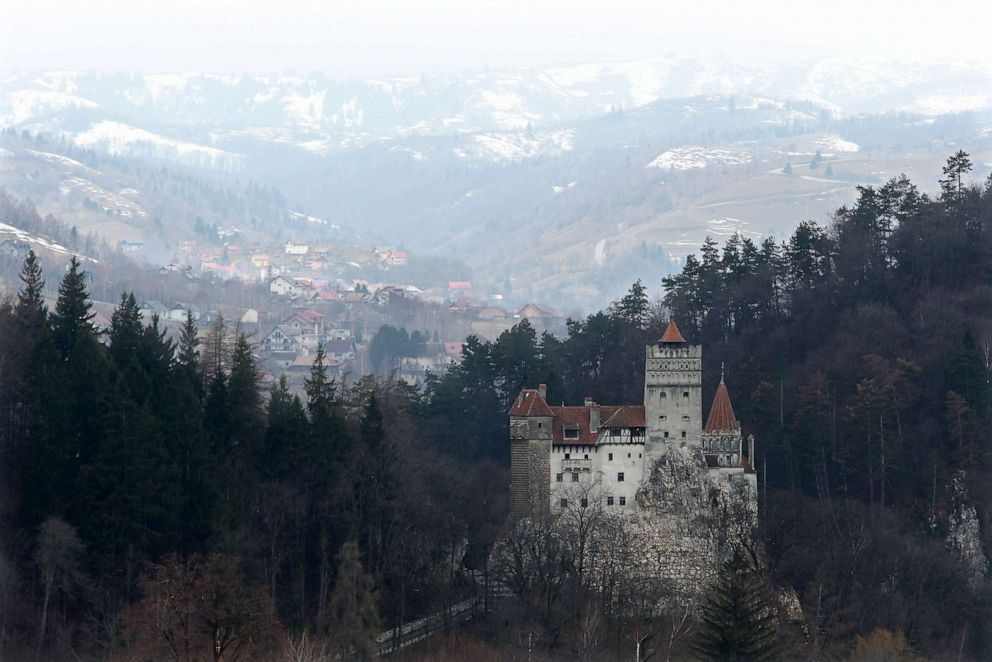Halloween thrill-seekers flock to Romania's most haunted region
Many visitors are expected to visit the region despite climbing COVID rates.
Despite climbing COVID-19 rates, Romania is keeping Transylvania, home of Vlad the Impaler, Dracula's castle and the "world's most haunted forest," open to vaccinated visitors this Halloween.
The Hoia Baciu forest in Romania's northern region of Transylvania is known as a hotbed for paranormal activity. The forest, also referred to as Romania's "Bermuda triangle," gets its name from the legend of a "bacciu" or shepherd who supposedly went missing with his flock of 200 sheep.
Visitors on the forest's scary night time tours often report inexplicable feelings of nausea, anxiety and paranoia. Full of crooked trees, the forest became famous in 1968 after a UFO-like figure was photographed creeping above "the clearing," an empty stretch of land in the middle of the forest.
Alex Dan, a tour guide and founder of the Hocia Baciu Project, said people often come here to have paranormal experiences and connect with this mystic environment.
"One time I came across a group celebrating spirits that are well-known in Romania folklore. They told me they were trying to harvest energy from other dimensions," Dan told ABC News.
He added, "We don't want to scare you. The forest will do that."

Although the flow of tourists decreased during the pandemic, Dan expects visitors to come back en masse for Halloween, the busiest time of year for the region.
A couple of hours away is Sighisoara, the birthplace of infamous Vlad III Tepes, known as Vlad the Impaler, who inspired the legend of Dracula. A ruthless ruler who defended his region of Wallachia against the Ottoman Empire attacks in the 1450s, Tepes was known for his sadistic killings, often impaling his victims and leaving them to a slow, excruciating death.
The legend says that Tepe's sadistic behavior was the result of a childhood spent as a prisoner of the Ottomans, held with his brother as a punishment for their father's defiance of the Ottoman Empire.
Tepes' chilling story inspired Bram Stoker, author of Dracula, to create his infamous vampire in 1897. In the book, Dracula lives in an imposing castle in Transylvania, inspired by Bran Castle, another local landmark.
"The imaginary depiction of Dracula's Castle from the etching in the first edition of 'Dracula' is strikingly similar to Bran Castle and no other in all of Romania," according to the Bran Castle's website.

With secret passages and medieval torture instruments, the castle is Romania's most visited landmark. This year, it became a vaccination center at the height of the pandemic. Every weekend from May to September, these "vaccination marathons" allowed guests free access to the castle's exhibitions if they were brave enough to get the jab.
On Halloween, Bran Castle will have a pared down version of its annual Halloween celebrations -- no traditional Halloween tent party nor Vampire Gourmet Dinner. But nightly spooky tours of the castle and its hidden tunnel will be available to visitors.




